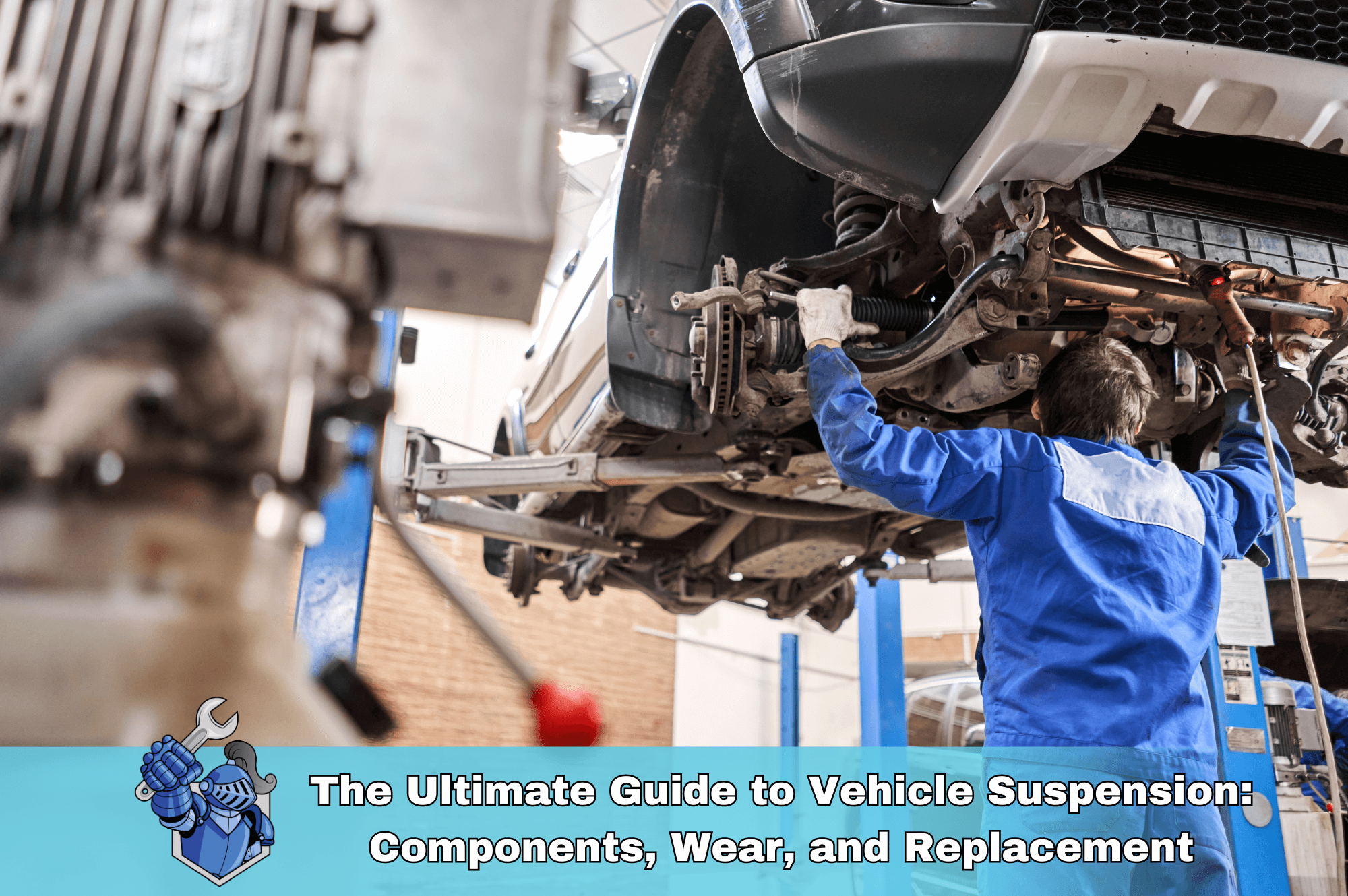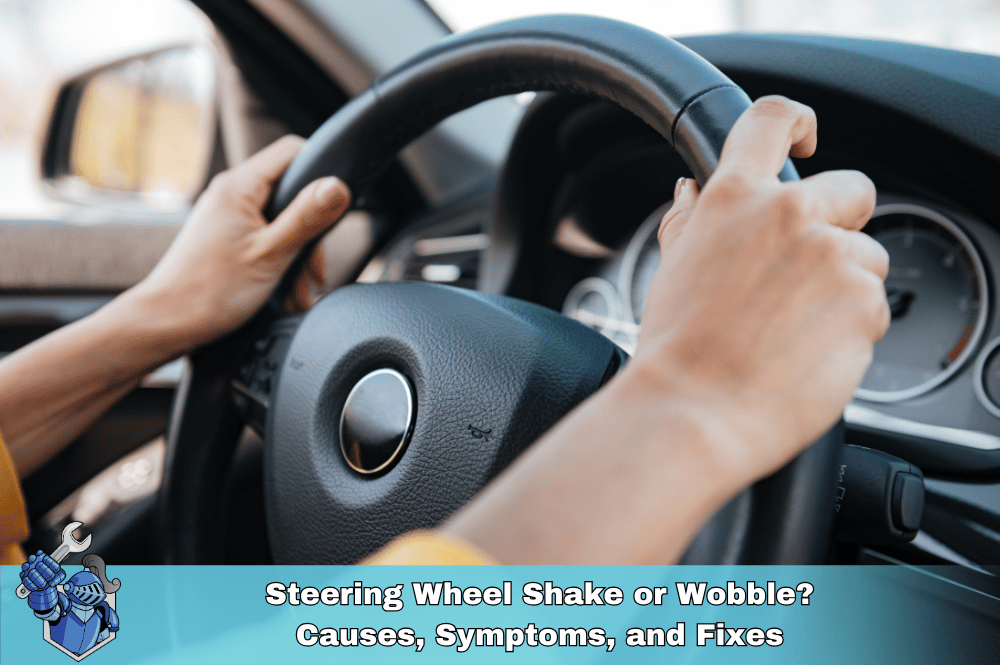Vehicle suspension is one of the most critical aspects of your car's performance and safety. A well-maintained suspension system ensures a smooth ride, optimal handling, and safety on the road. In this comprehensive guide, we'll delve into the components of a vehicle suspension system, signs of wear and tear, and when to consider replacements. Plus, we'll discuss how NobleQuote's premium coverage can keep your suspension system—and the rest of your vehicle—in top shape.
Understanding Vehicle Suspension Components
The vehicle suspension system comprises several key components that work together to absorb shocks and maintain tire contact with the road. Here's a breakdown of the main components:
1. Springs
Springs support the weight of the vehicle and absorb road shocks. There are three main types of springs used in vehicle suspension systems:
- Coil Springs: Common in most vehicles, coil springs are designed to compress and expand to absorb road irregularities.
- Leaf Springs: Often found in trucks and heavy-duty vehicles, leaf springs consist of several layers of metal bound together to provide support.
- Torsion Bars: Used primarily in older vehicles and some trucks, torsion bars twist to absorb shocks and provide a smoother ride.
2. Shock Absorbers (Shocks)
Shock absorbers dampen the movement of springs and prevent excessive bouncing. They convert kinetic energy into heat, which is then dissipated through hydraulic fluid.
3. Struts
Struts combine the functions of a shock absorber and a structural support for the vehicle's suspension. They play a crucial role in the overall stability and alignment of the vehicle.
4. Control Arms
Control arms, also known as A-arms, connect the suspension to the vehicle's frame. They allow for up and down movement while maintaining wheel alignment.
5. Ball Joints
Ball joints act as pivot points between the control arms and the steering knuckles, allowing for smooth steering and suspension movement.
6. Sway Bars
Sway bars, or anti-roll bars, reduce body roll during cornering by distributing weight evenly across the vehicle's wheels.
Signs of Suspension Wear and Tear
Suspension components are subject to significant stress and wear over time. Here are common signs that your suspension system may need attention:
1. Uneven Tire Wear
If you notice uneven wear patterns on your tires, it could indicate misalignment or worn suspension components.
2. Excessive Bouncing
A vehicle that continues to bounce after hitting a bump may have worn shock absorbers or struts.
3. Nose Dives or Rear-End Squats
When your vehicle nose-dives during braking or squats during acceleration, it may signal worn shocks or struts.
4. Poor Handling
Difficulty steering, excessive body roll, or a loose feeling in the steering wheel can indicate suspension issues.
5. Leaking Fluid
Visible fluid leaks around shock absorbers or struts can mean they are no longer functioning correctly.
6. Unusual Noises
Clunking, knocking, or squeaking noises when driving over bumps may point to worn or damaged suspension components.
When to Replace Suspension Components
Timely replacement of suspension components is essential for maintaining vehicle safety and performance. Here are some general guidelines:
1. Shock Absorbers and Struts
These should typically be replaced every 50,000 to 100,000 miles, depending on driving conditions and manufacturer recommendations.
2. Control Arms and Ball Joints
Replace these components if you notice excessive play or if they show signs of wear during routine inspections.
3. Springs
Springs may not need frequent replacement, but if they are sagging, broken, or show signs of corrosion, they should be replaced immediately.
4. Sway Bars and Links
Sway bars and links should be inspected regularly and replaced if they are damaged or worn.
How NobleQuote Can Help
At NobleQuote, we understand the importance of a well-maintained suspension system. Our premium coverage plans include extensive protection for suspension components, ensuring your vehicle remains safe and comfortable on the road. Whether you opt for our Elite or Diamond plan, you can rest easy knowing that your suspension system—and everything else in your vehicle—is covered.
Explore our coverage plans to find the best option for your vehicle, and take advantage of our 24-hour roadside assistance, towing, rental car coverage, and routine maintenance reimbursement.
FAQs about Vehicle Suspension
Q1: How often should I have my suspension inspected?
A: It's recommended to have your suspension system inspected at least once a year or every 12,000 miles. Regular inspections can help identify potential issues early.
Q2: Can I replace suspension components myself?
A: While some suspension components can be replaced by experienced DIYers, it's often best to have a professional handle the repairs to ensure safety and proper alignment.
Q3: How can I prolong the life of my suspension system?
A: Regular maintenance, such as wheel alignments and tire rotations, can help prolong the life of your suspension system. Avoiding potholes and rough roads can also reduce wear and tear.
Q4: What is the difference between shocks and struts?
A: Shocks and struts both dampen spring oscillations, but struts also provide structural support for the suspension system and affect alignment angles.
Q5: Why does my car make a clunking noise when going over bumps?
A: Clunking noises can indicate worn or damaged suspension components, such as control arms, ball joints, or sway bar links. It's best to have your vehicle inspected by a professional.
For more information on vehicle maintenance and coverage options, visit our Learning Center.
Conclusion
Maintaining your vehicle's suspension system is crucial for a smooth and safe ride. By understanding the components, recognizing signs of wear, and knowing when to replace parts, you can ensure your vehicle remains in top condition. Remember, NobleQuote offers premium coverage plans that include suspension components, giving you peace of mind on the road. Don't wait until it's too late—protect your vehicle with NobleQuote today.
For additional insights, check out these resources:
By staying informed and proactive, you can keep your vehicle's suspension system—and overall performance—at its best.
Suggestions for you
Read MoreLet’s work together
Every week we showcase three charitable organizations that our donations are sent to. Our clients are able to choose which of these three will receive their gift when they add coverage to their vehicle...




